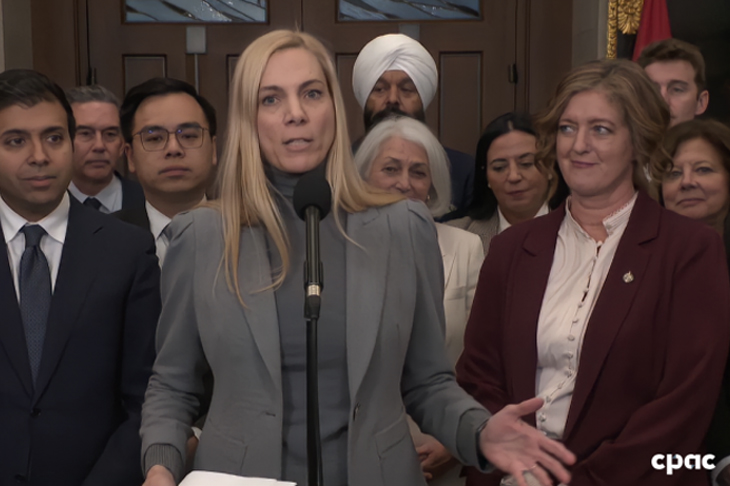GATINEAU – In a long-awaited decision, the CRTC today set final rates for wholesale access to the high speed wired networks of Bell, Cogeco, Eastlink, Rogers, SaskTel, Shaw, Telus, and Vidéotron.
The process had started in May 2015 and interim decision was rendered in October 2016. That said, this is a fight that has been going on for more than a decade.
The rates released today (which are paid by independent third party ISPs like TekSavvy and Distributel) are lower than the interim rates and retroactive to 2016. The monthly capacity rates are 15% to 43% lower than the interim rates and the access rates are 3% to 77% lower than the interim rates.
The purpose of the wholesale regime is to provide a competitive marketplace for broadband services to Canadians since, for the most part, it makes no sense to try and overbuild the incumbents’ wired networks. The Competition Bureau found the sector healthy in a study issued earlier this month.
“As the demand for faster broadband speeds grows, we are putting measures in place to ensure Canada’s Internet market remains dynamic. The final rates we set today will foster increased choice at more affordable prices while encouraging a more robust and competitive marketplace across Canada,” said Ian Scott, chair and CEO of the CRTC, in the press release.
The TPIA providers are happy. “For years, incumbent carriers inflated their wholesale rates and as a result, TekSavvy and other competitive Internet service providers struggled to compete,” said Andy Kaplan-Myrth, the company’s vice-president of regulatory affairs. “TekSavvy has been ringing alarm bells about this for years and today, after a lengthy process, the CRTC set realistic final rates that will allow wholesale-based providers to effectively compete.
“Canadians want to pay less to connect, and the government has sent a clear signal about the importance of telecom competition. Today’s CRTC decision reflects those values and, at the same time, validates competitors’ arguments that wholesale-based providers were overcharged for years before the Commission started to make these adjustments,” he added.
“Providing competitive internet services requires properly costed input rates, speed matching through access to fibre, and parity in services and service quality. This decision is one important step toward a fair framework for wholesale-based competition, and TekSavvy looks forward to continuing to fight for FTTP services and a level playing field for service quality,” he concluded.
"Today's decision by the CRTC is great for Canadian consumers,” added Distributel CEO Matt Stein. “By correcting the wholesale rates and lowering them to a fair and reasonable level, the CRTC is opening the door for the industry to innovate and offer great services at fair prices… we applaud the CRTC for taking such dramatic steps.”
Bell, for its part, said in an email it will be “assessing the impact of the decision and our next steps.”
Telus spokesperson Richard Gilhooley said in an email the company is “currently reviewing the CRTC’s decision and assessing potential impacts to our business.”
Options available for the unsatisfied are a request to the CRTC to Review and Vary its decision, an appeal to Cabinet and go to the Federal Court of Appeal on an issue of law or jurisdiction.
The Commission has already stated in its CRTC Forecast 2020-2021 document, that it would launch a review its costing methodology for wholesale rates with a final determination in 2020–2021.
Lastly, the office of Innovation, Science and Economic Development Minister Navdeep Bains seems like it’s probably heartened by the decision, too, but the quote provided to us by a spokesperson is pure political bumpf and doesn’t actually speak to the decision.
“Whether through pro-competitive policies or targeted programs, our government has been relentless connecting more Canadians and promoting the type of healthy competition in the industry that results in better prices and services for Canadians. Our pro-competitive approach has seen the cost of cell phone plans decrease by an average of 17.5%, and new low price points for Internet emerge in areas with strong competition around the country. Not only are we making services more affordable, we are making them more accessible. As outlined in the first principle of our Digital Charter, we will continue to pursue new options to make a fast internet connection available to all Canadians,” said the Minister’s office.









